Do you struggle to capture pet photography that is as adorable as the pets themselves?
You’re not alone. Pet photography can be difficult: your subjects are often moving and, more often than not, uncooperative.
Here are my top pet photography tips to take your pet photography to the next level.
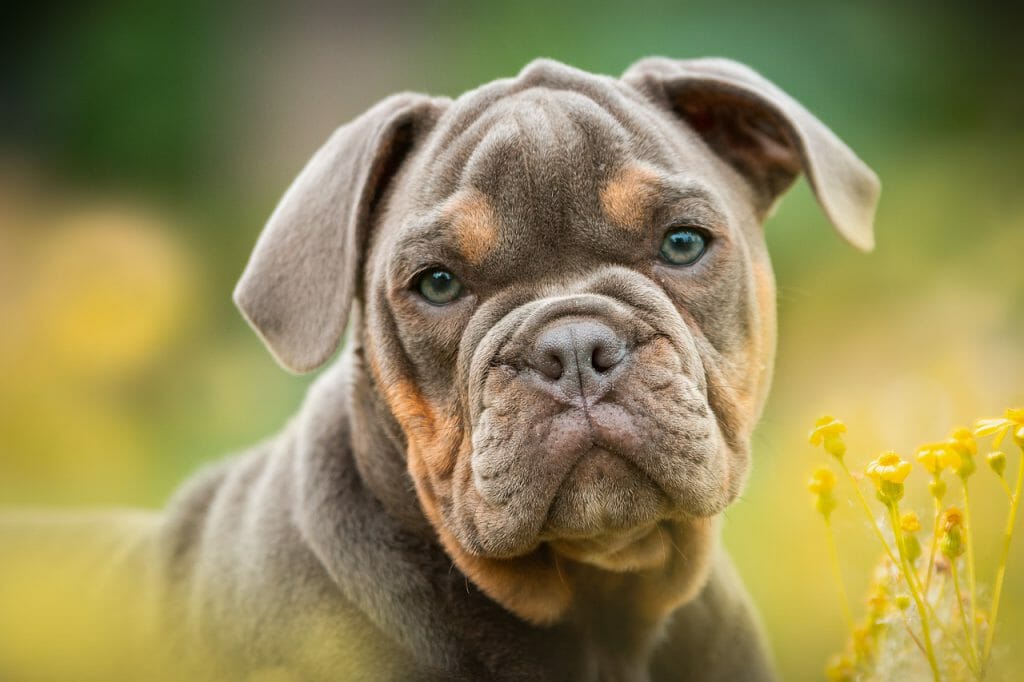
How to Turn Your Pet into a Co-Operative Model
Do you know what the hardest thing about pet photography is? It’s getting the pet to do what you want!
They say never work with animals or children– for a good reason: a lack of co-operation! But there are some things you can do to encourage good behavior:
- Use treats;
- Enlist a helper;
- Turn the shoot into a fun game; and
- Relax and stay calm.
Keep a Supply of Treats Close By
Have a ready supply of the tastiest dog treats on hand to help move your pet into position.
Treats can be used to reward trained behavior. If your dog has a good knowledge of basic commands such as sit, down and in particular, stay, reward their behavior with their favorite tasty treat.
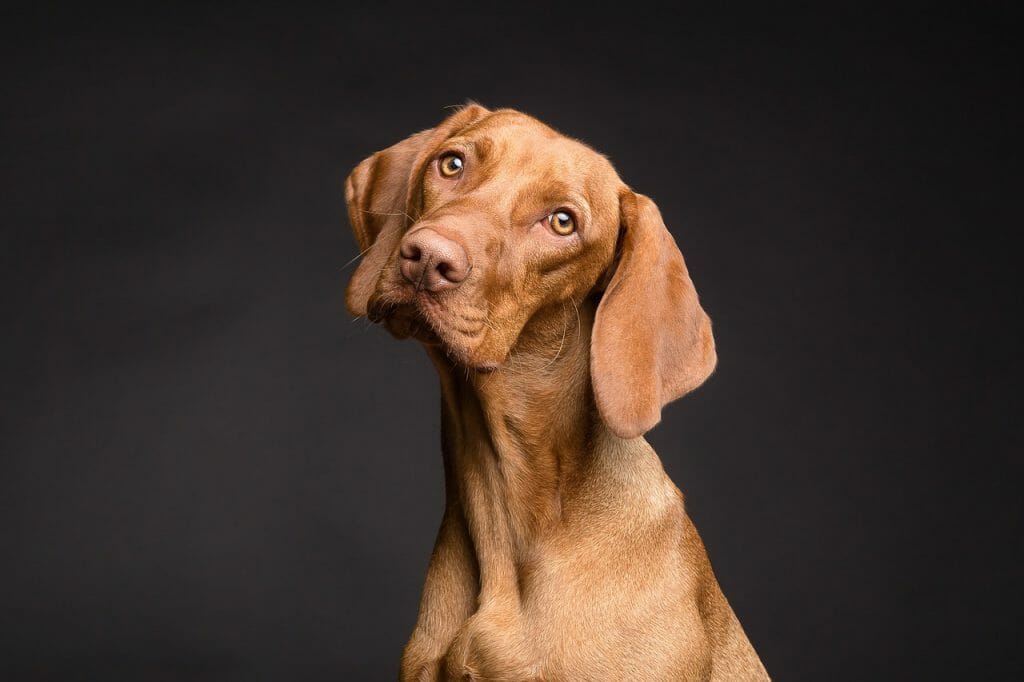
Find a Reliable Assistant to Help
Find someone to help so you can focus on being behind the camera.
A helper, preferably one known to the pet–such as the owner–can assist in getting the shot set up, give out treats and grab the animal’s attention. They can make a quick exit as you take the shot.
Turn the Shoot into a Game for the Animal
Try turning the shoot into a fun game by incorporating some of the pet’s favorite toys. It’s important that any pet photography session is fun for all involved. You’ll end up with better photos if your subject is content.
Be warned though–that there is such a thing as too much fun! If excitement levels get too high, you risk having an even more uncooperative model, so a balance is needed.
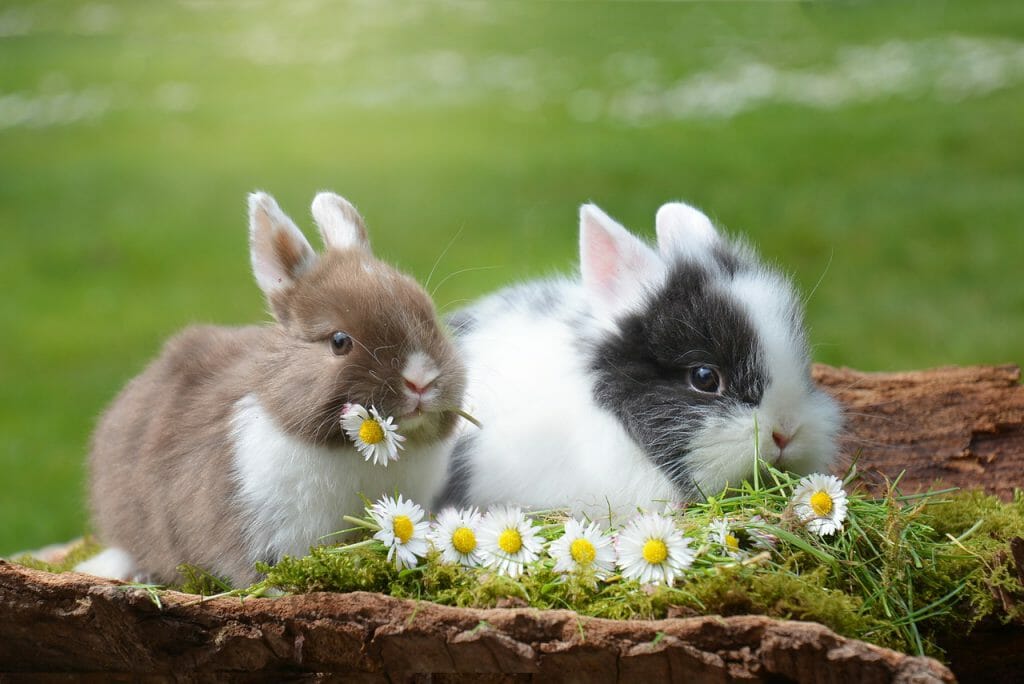
Stay Calm While Taking Photos
It’s not just about taking control of the pet’s behavior but taking control of your own too. Keep your emotions in check. Remember to relax and stay calm, as pets will pick up on any stress or excitement coming from you.
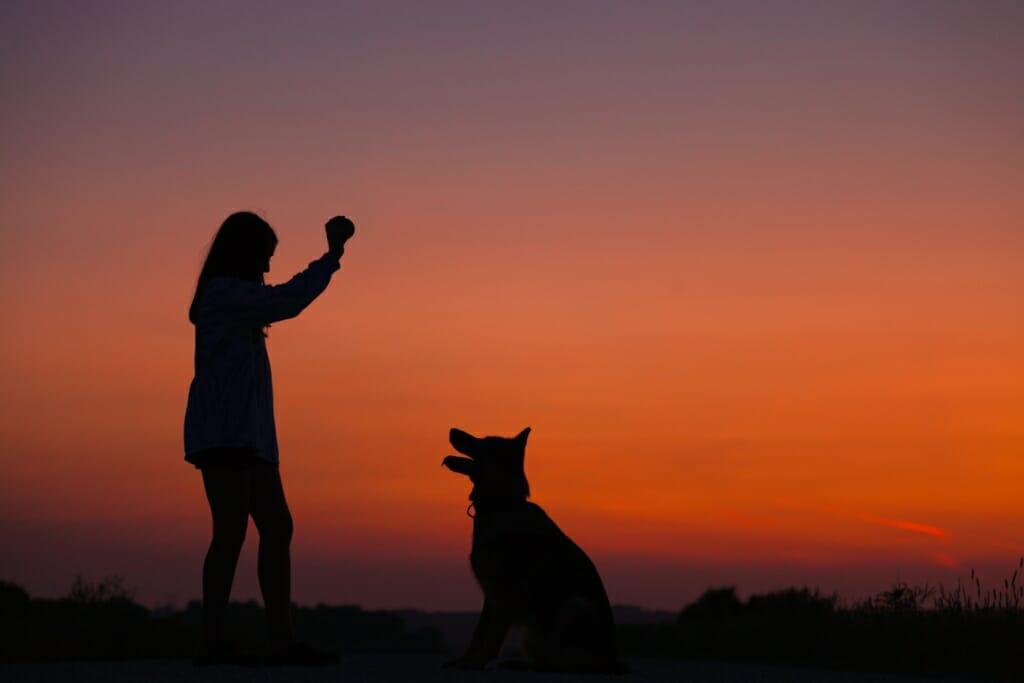
The Animal’s Eyes Are Key to Add Impact to Images
There is a saying that the eyes are the windows to the soul. This is true for most types of portrait photography, but especially so in pet photography. Capture the animal’s eyes in beautiful detail for increased intensity.
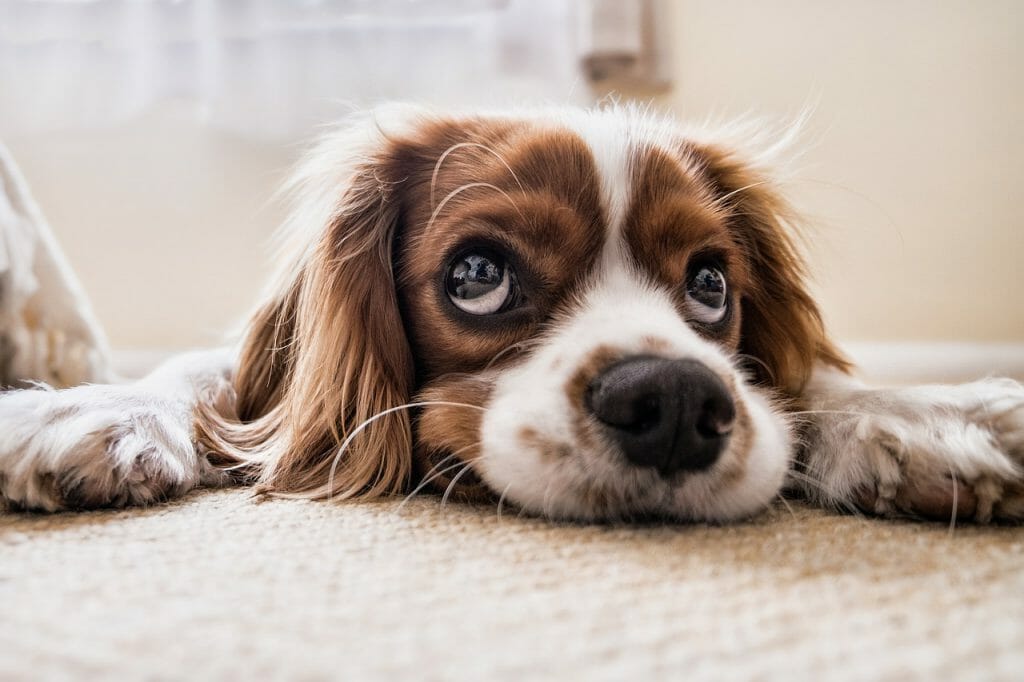
Be sure to consider the following:
- Focus;
- Light; and
- Composition.
Focus on the Eyes to Showcase Shots
Make sure to lock focus on the eyes when taking a shot to showcase them prominently. If the eyes are even slightly out of focus, the impact is lost from the final image.
Fast shutter speed is essential for precise focus in pet photography, as the subject doesn’t always remain still.
Capture the Catch Lights to Bring Photos to Life
Reflections of light in the pet’s eyes bring the image to life. These are called catch lights.
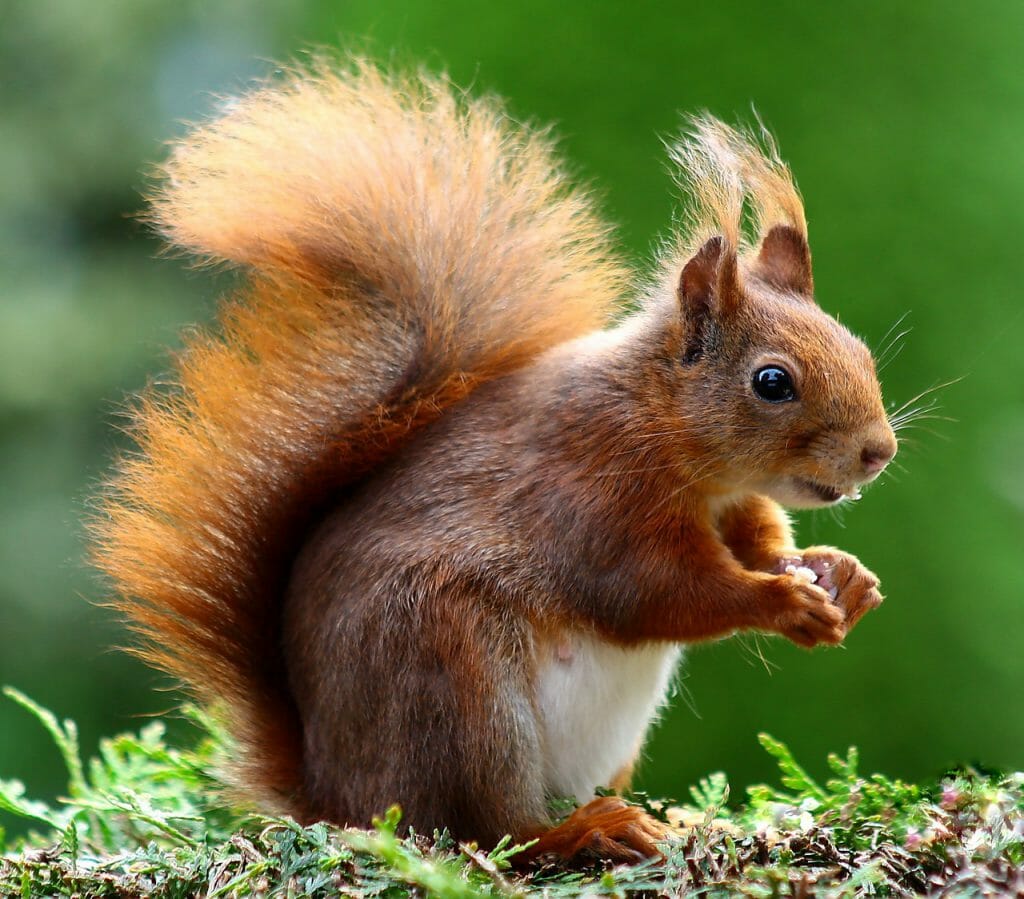
Dull eyes captured in shadow do nothing to captivate the viewer of the image. A little sparkle in the eyes from a well positioned light source is often the difference between an average and a stunning shot.
Composition Is Crucial for Good Pet Photography
Keep the rule of thirds in mind for shot composition. Imagine your shot divided into nine equal parts via two horizontal and two vertical lines. You can turn on this grid on the screen of most camera models.
Compose your shot with the eyes at a point of intersection of these lines. This will lead to a more balanced image, enabling the viewer to make immediate eye contact with the pet.
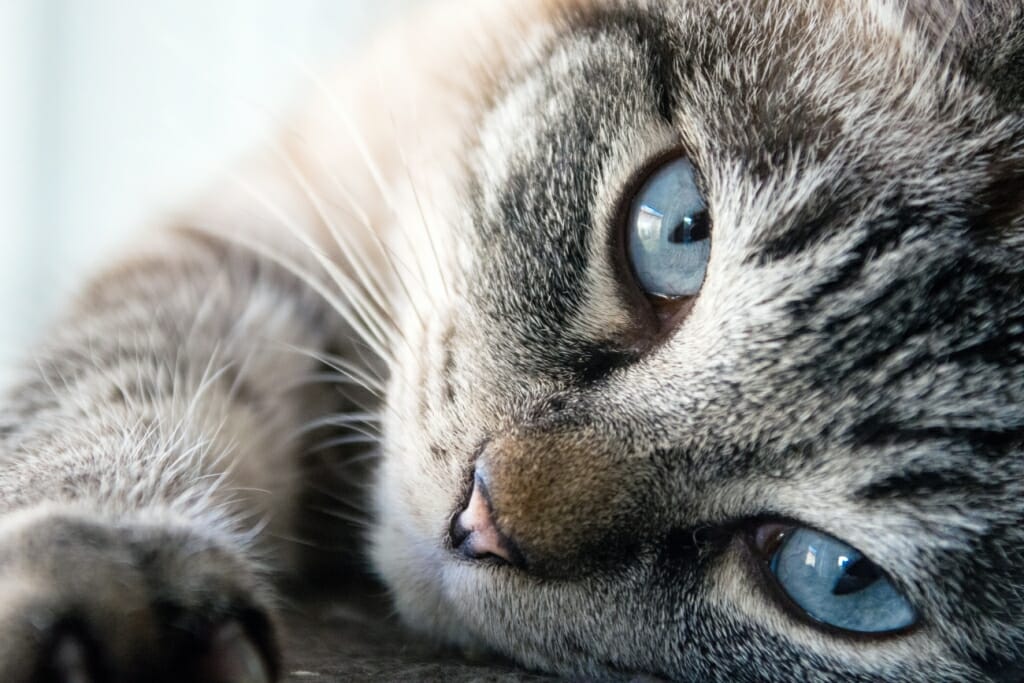
Choose the Right Lighting Conditions
You’re more likely to capture pets at their best when they are in their natural environment. Working in a studio will give you full control over lighting, but it’s not necessarily the best environment for pet photography.
It’s best to work in bright but diffused lighting conditions to capture the most flattering images. Cloudy and misty days will give you the best conditions when shooting outside, and give a lovely muted tone to images.
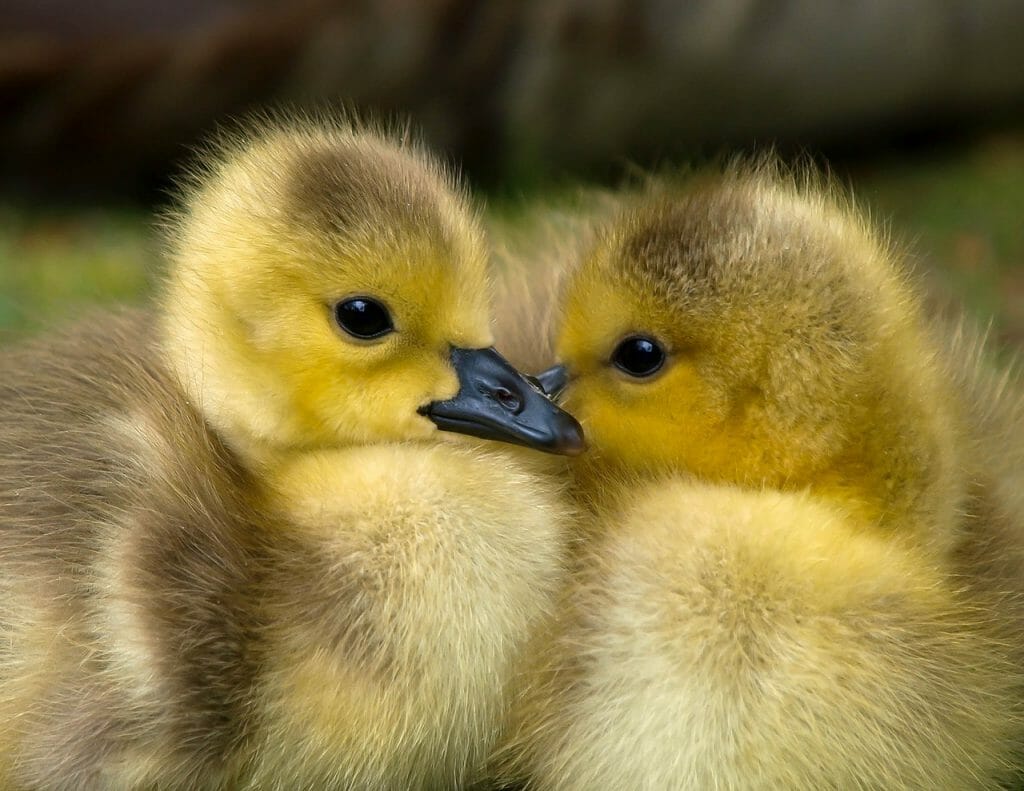
While you can’t control the weather, you can make choices regarding the time of day you organize the session. Shoot in the hour after sunrise or before sunset–the golden hour–to give your images a lovely warm glow.
Avoid shooting in the harsh light of the midday sun, as this will result in harsh, unwanted shadows on your shots.
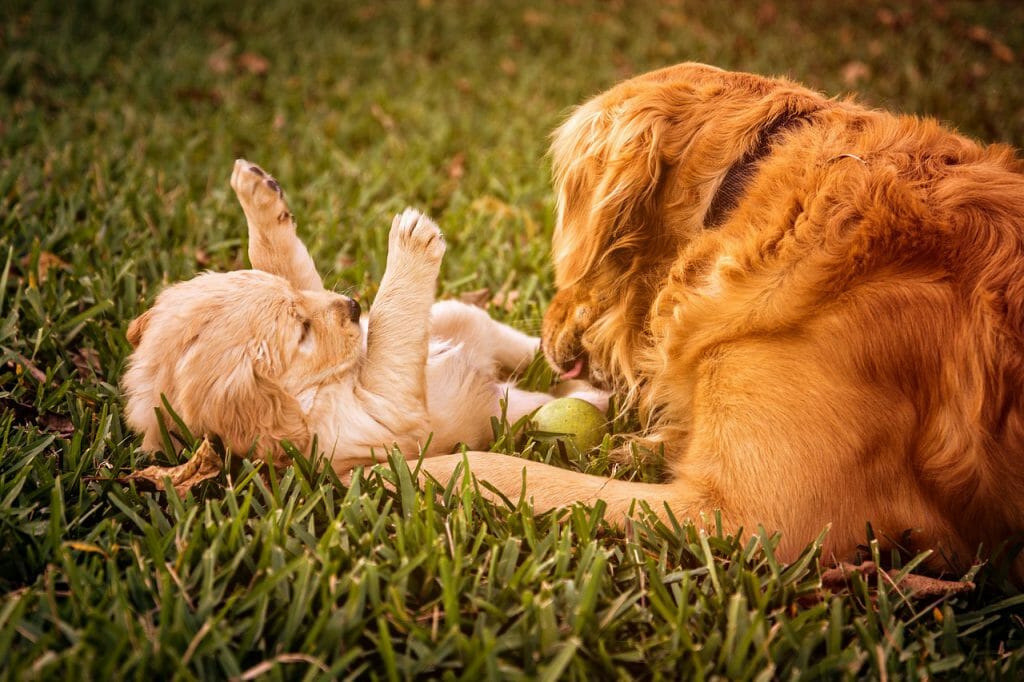
If your subject is happiest at home, use that as the backdrop and make good use of window light. It is a great free light source and gives beautiful diffused natural light. Be wary though, the quality of light will vary according to the time of day and the weather conditions.
Flash photography is best avoided: harsh light bouncing off shiny fur does not look good. You could also run the risk of startling your subject, or getting nasty red eyes on the shots.
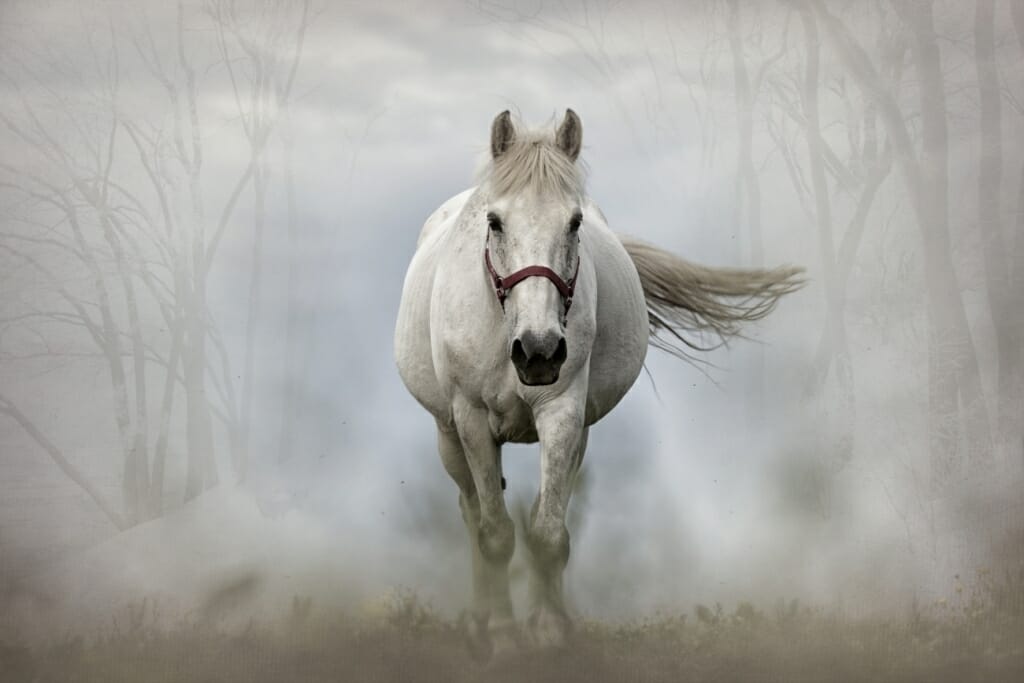
Choose A Neutral Background
Picking the right background for your pet photography is essential. A good background will draw attention to the pet, whereas a bad background will distract the viewer away from it.
Aim for a neutral, clear background. If the background is full of clutter and distracting objects, it is hard for the viewer to give their full attention to the main subject.

A good neutral background is one that is a contrasting color to your subject. It should also be uniform in texture or pattern. Contrast is important so that your pet doesn’t blend into the background. If the background color is similar to your pet, the final image will be flat and uninteresting.
Use a shallow depth of field in outdoor settings where you can’t change the background. This will blur the background and blend away any distracting features. To do this, make sure your camera is in manual or aperture priority mode, and choose a larger or wider aperture size to get a shallower depth of field.
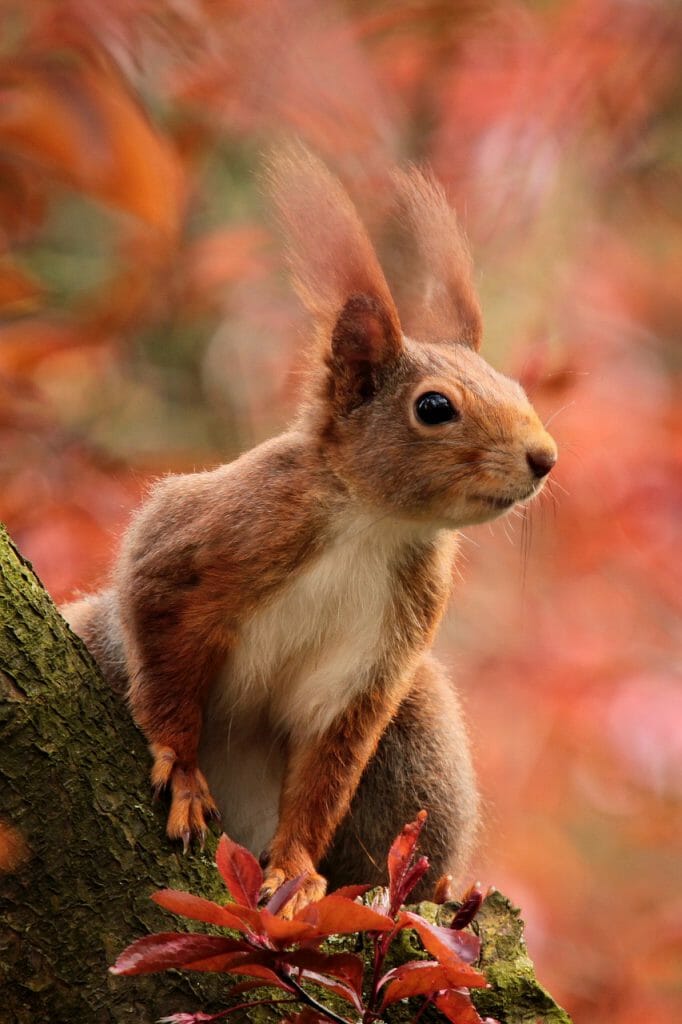
Remember the smaller the f-number, the larger the aperture. So an aperture of f2.8 is much bigger than an aperture of f5.6, and it will give you a much shallower depth of field.
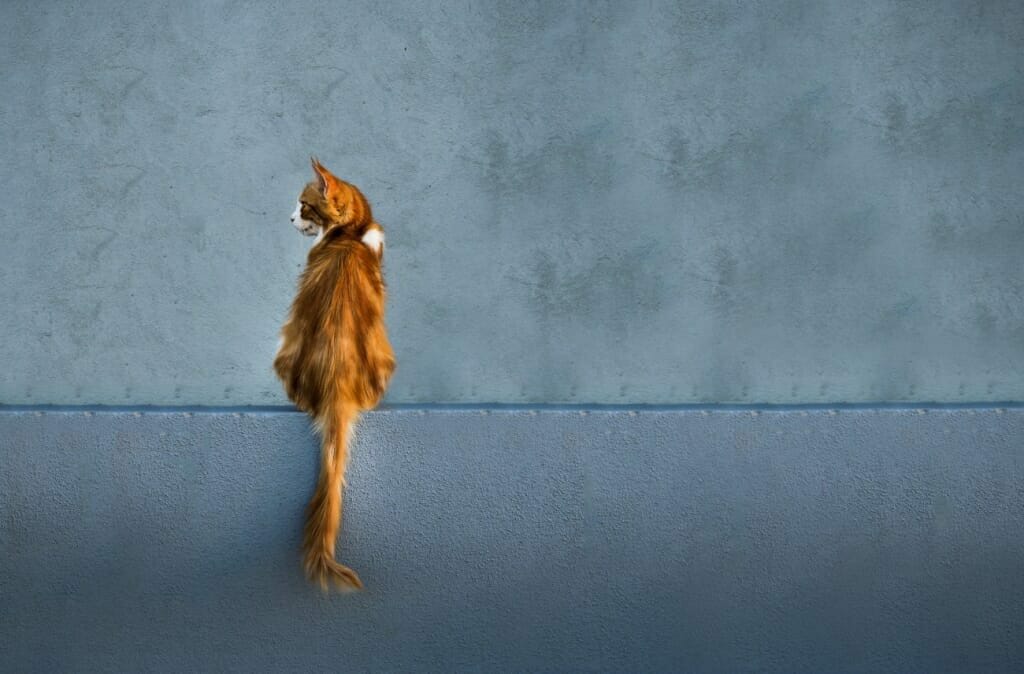
Experiment with Shooting from Different Angles
The simplest way to make your images interesting, is to change your position or perspective.
Get down low to see the world from the pet’s perspective. You may be forced into some unusual positions, but if you have live view and a tilting screen on your camera, you can get the same effect by simply setting the camera down low.
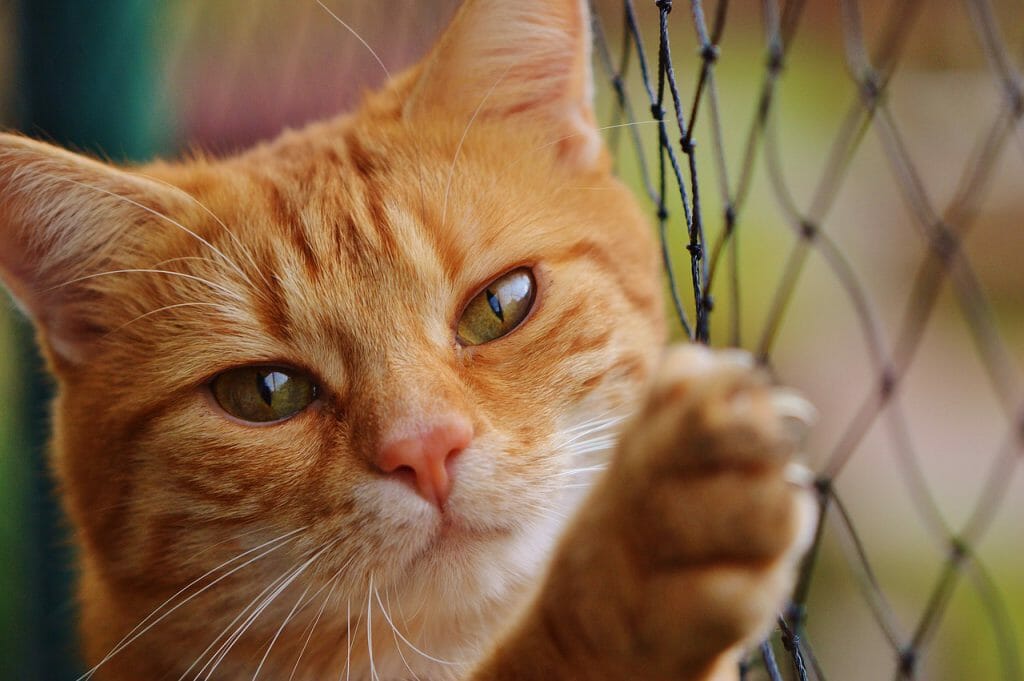
Shooting at the same eye level as the animal creates a more personal image. Viewers are more attracted to an image taken from the pet’s perspective.
Other ideas you could try include:
- Shoot through the ears from behind for a pet’s view;
- Aim up at the pet to make the animal look larger than life;
- Shoot from above, looking down on the animal, to capture inquisitive faces; and
- Shoot close-up and focus in on details.
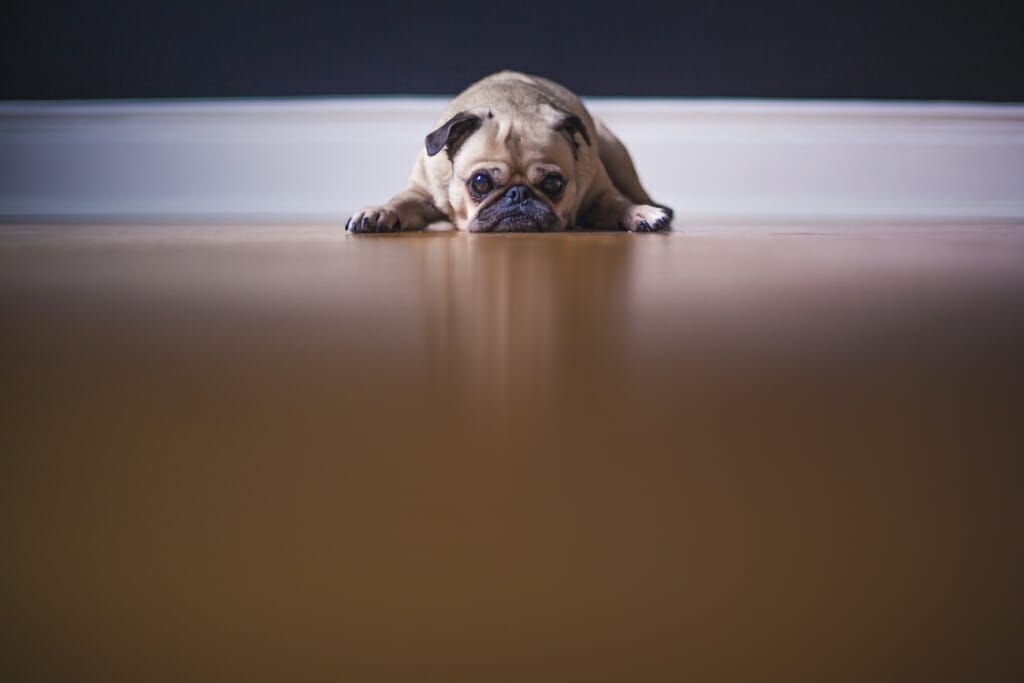
How to Photograph Sleeping Pets
Make the most of nap time when your furry friend takes forty winks. This is one of those rare times when they are likely to stay still for your shot. Plus you’ll get some super cute shots.
The moment can be over far too quickly though, so be sure to move slowly so as not to disturb the animal.
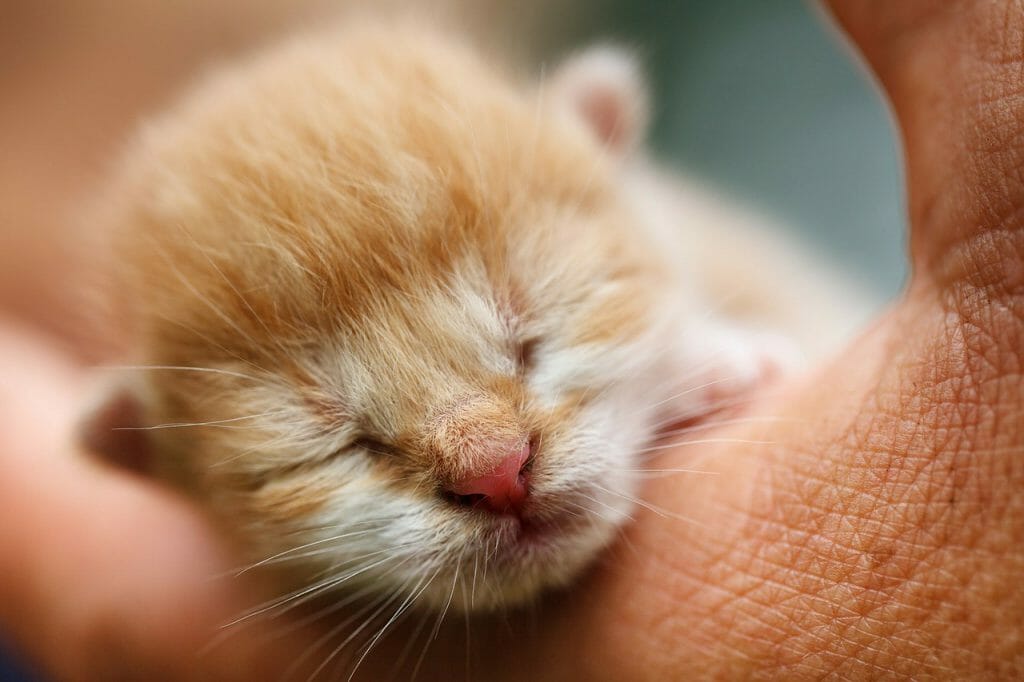
It’s also a good idea to turn unnecessary camera noises, such as shutter sound, off. Pets have sensitive hearing so beeps or other noises could disturb them.
Focus on closed eyes for added cuteness. Eyes don’t have to be open to add emotion to an image. Closed eyes convey a wonderful sense of peace and calm.

Get Creative in Your Pet Photography
There’s no shortage of pet photographers out there, so make your shots unique in order to stand out from the crowd.
Think beyond the obvious and get creative. Take a shot from a different perspective or include an unusual prop. Follow the same theme through a series of shots to give your photos their own style.

Try varying the depth of field and focal point for a unique pet portrait. Set your camera to aperture priority mode and choose a large aperture (or small f-number). This reduces the amount of the scene that is in focus and is a great way to draw attention to small details, such as a paw or nose.
If you have an idea that doesn’t work with one pet, make a note of it so that you can try it with another.
Creativity doesn’t stop with the click of the shutter. Try different crops or adding filters in post-processing, using either photo editing apps or computer software.

Capture Your Pets in Action
Many pets don’t stay still for long, but you can use this to your advantage to capture some great action images.
But beware: fast-moving pets present challenges relating to focus, timing and at worst, possible collision scenarios!

It’s best to keep the following in mind when planning action shots:
- Lighting;
- Your position;
- Use of autofocus;
- Use of burst or continuous shooting modes; and
- Quick reflexes.
Position the light source behind you
You’ll need space for action shots, so wide open, outdoor spaces make the best setting. Relying on natural light means that you need to consider the position of yourself and your subject, relative to your light source.
It’s best to have the brightest light behind you for the best shots. Light will then fall naturally on your subject: perfect for capturing catch lights in the eyes. Your camera will also track focus better on your subject with the light behind you, rather than behind the subject.
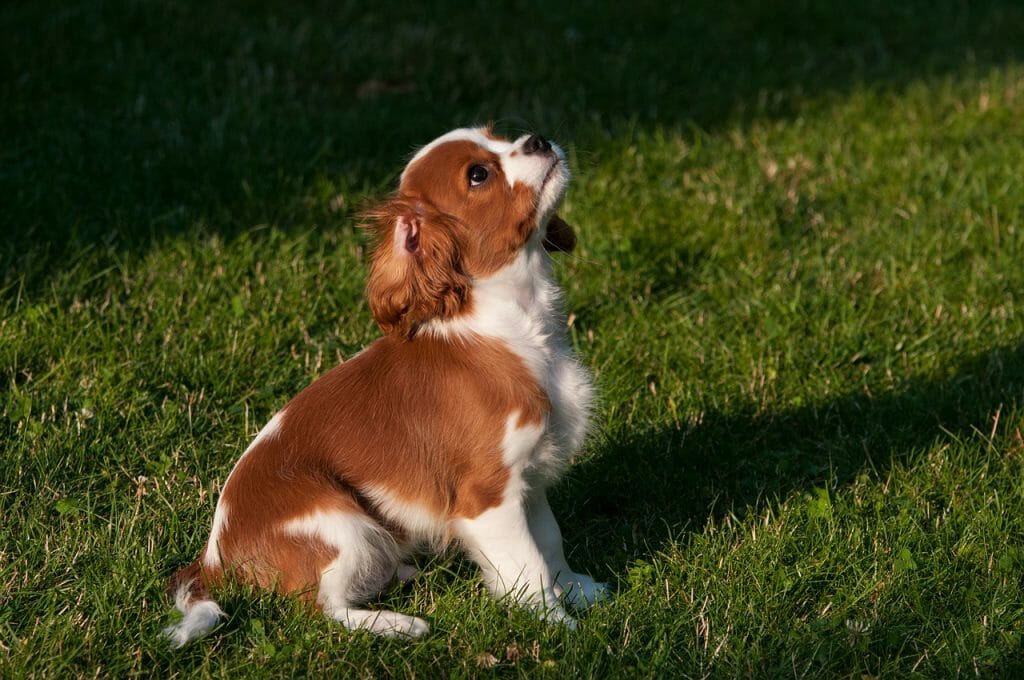
Use your Camera’s Autofocus
It’s not easy to focus on a moving subject: the focus plane is constantly changing and trying to manually focus will be a waste of time. Make use of your camera’s autofocus mode: this will quickly focus on the area you choose and ensure you don’t miss any moments.
Break in the Burst Mode to Freeze the Action
The key to capturing good action shots is speed. Everything happens so fast, the perfect moment is often over before you realize it.

Use your camera’s burst mode, or continuous shooting mode, to capture multiple shots in quick succession. This enables you to freeze the action and you can review the images later to pick the best.
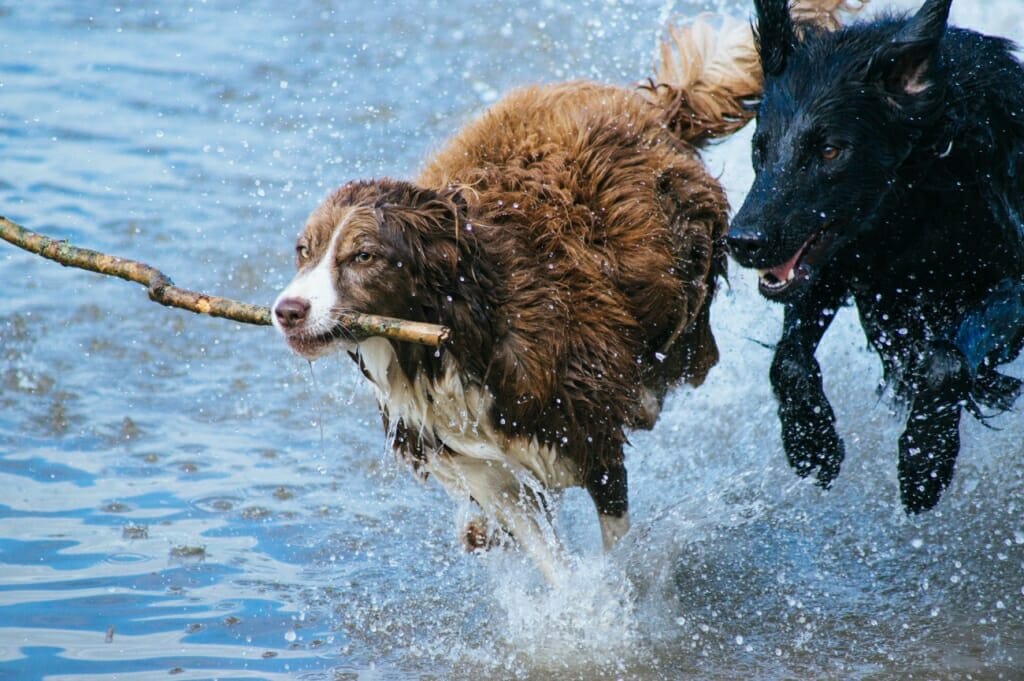
Tell a Story with Your Pet Photography
Capture pets interacting with other pets, or their owners, to add emotional depth to an image.
The best pet photography shows the character of the pet. Like humans, pets have very different personalities and hobbies, so you need to get to know your subject to capture their true essence.
If a pet enjoys sleeping, photograph them stretched out and yawning. Vice versa with a high-energy pet–capture them doing what they enjoy most.
Get the owner involved and have them talk to the animal. The pet may respond to a particular word: a tilt of the head on cue works wonders for that aw factor.
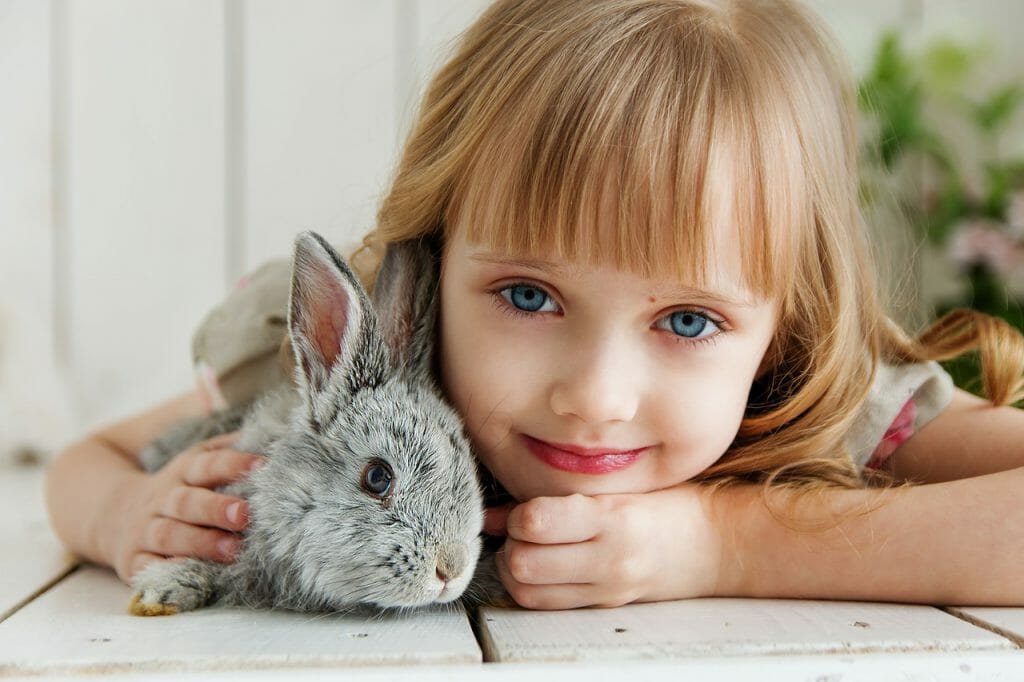
Don’t miss the opportunity to include humans in the shot. Capture the unique bond between a pet and their owner to create photos that will be cherished.
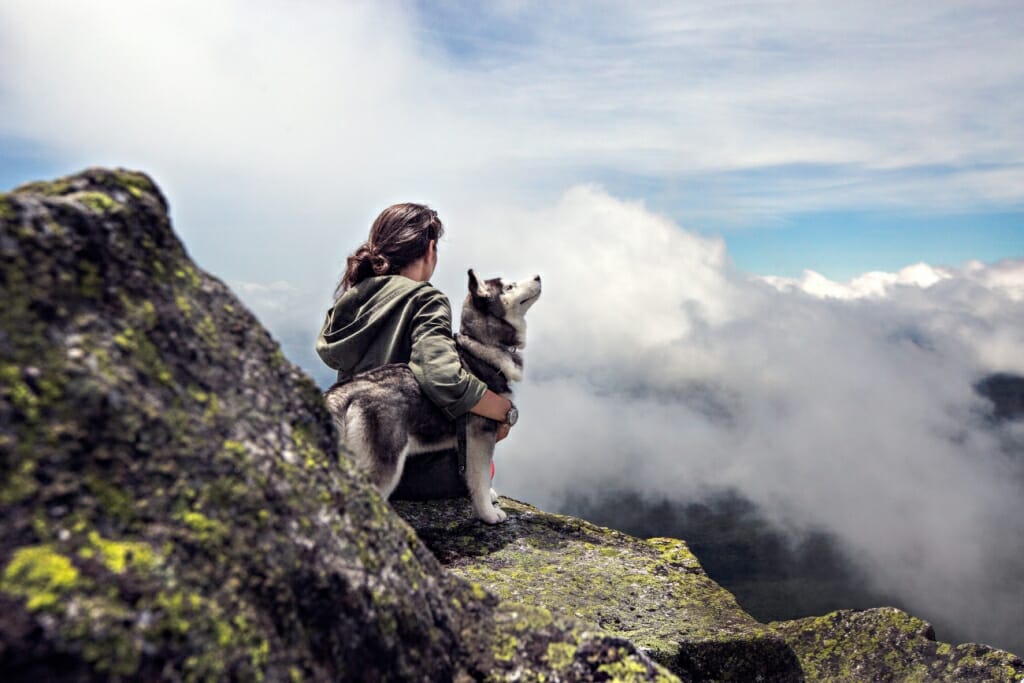
Get Great Results with Outtakes
It’s not all about planned shots when it comes to pet photography. Sometimes it’s the outtakes that capture the true character of an animal.
Imperfections can make the perfect pet photo. Try to use humor to capture some priceless expressions.
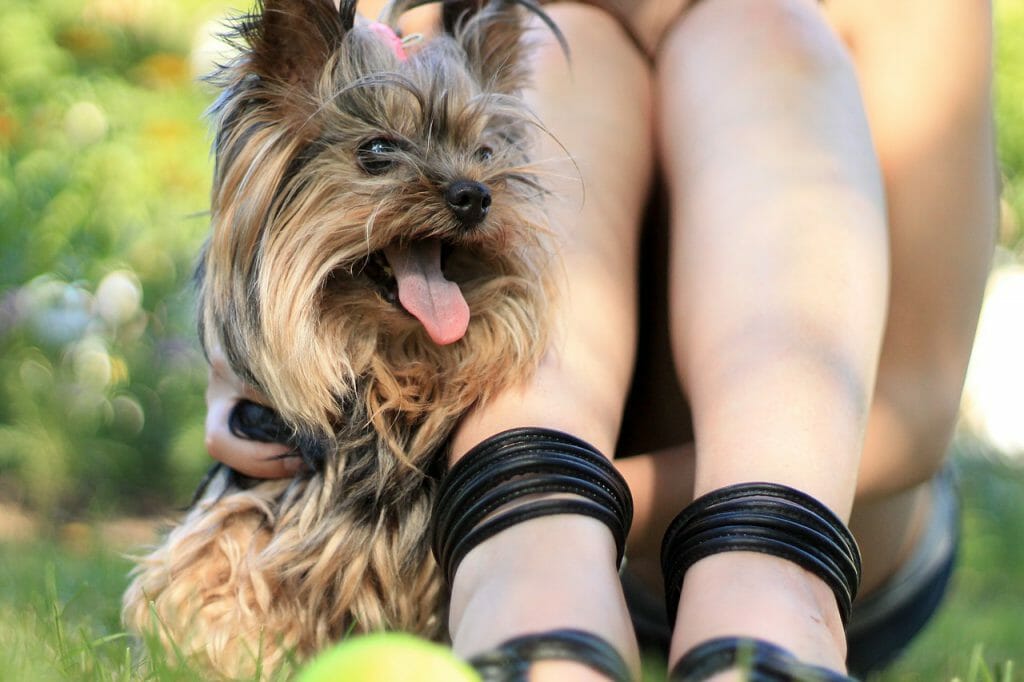
Try the following to get great shots full of character:
- Dogs with tongues hanging out;
- Yawning cats;
- Smiling horses; and
- Bath time!
Always be ready with your camera: you never know when that magic moment will come along.
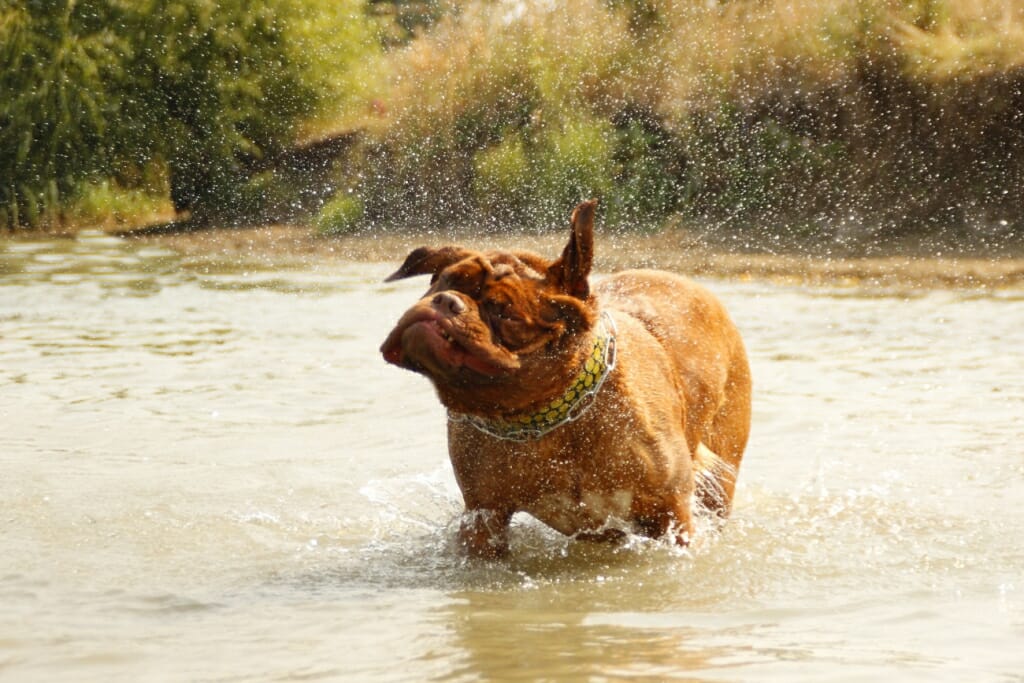
Patience Is Key to Successful Pet Photography
Remember every pet is unique so what works for one might not work for another.
Be sure to take plenty of breaks as animals get bored quickly. This will give a chance for both the pet and you to get some breathing space.
And finally, remember the best pet photography is achieved with plenty of patience! So get out there and put some of these pet photography tips into practice.
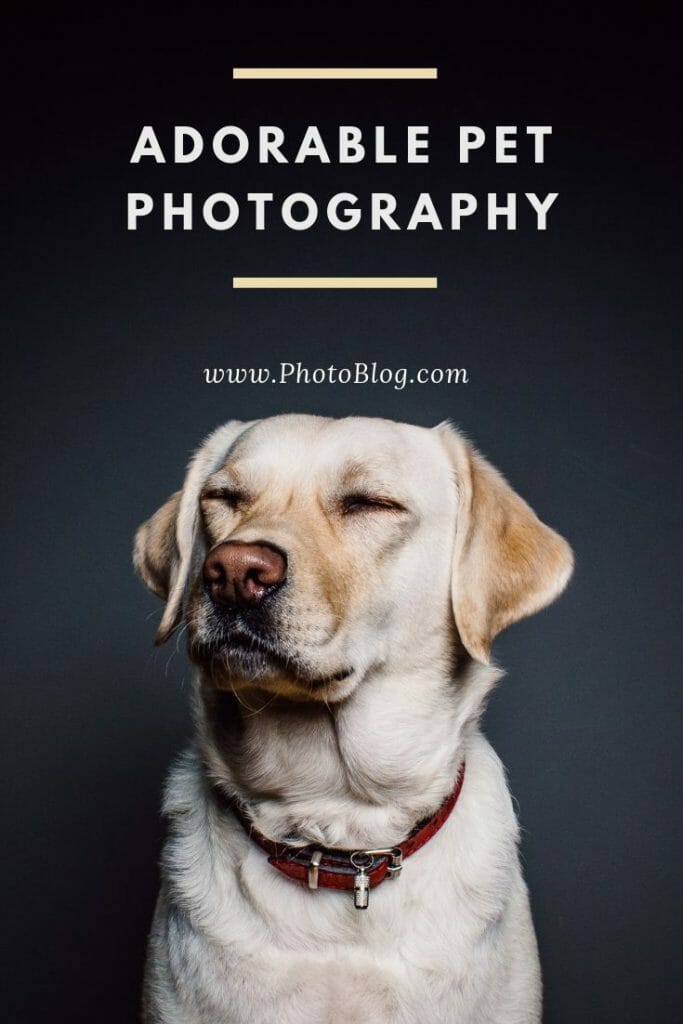
Now that you’ve learned these tips for stunning photos, you’re a better photographer.
Guaranteed.
But the fact is, the journey doesn’t stop there. There are more tips, tricks, and secrets–all of which will help you take gorgeous photos.
And if you want to learn all of these secrets, I recommend you sign up for the PhotoBlog newsletter. We send our subscribers all sorts of great stuff–including the tips, tricks, and secrets, straight from the experts. All to help you capture world-class photographs.
Did I mention that it’s all totally FREE?
(Oh, and we’ll send you a natural lighting cheat sheet–designed to help you use light in ways you’ve never considered.)
So to start taking stunning photos, enter your email: